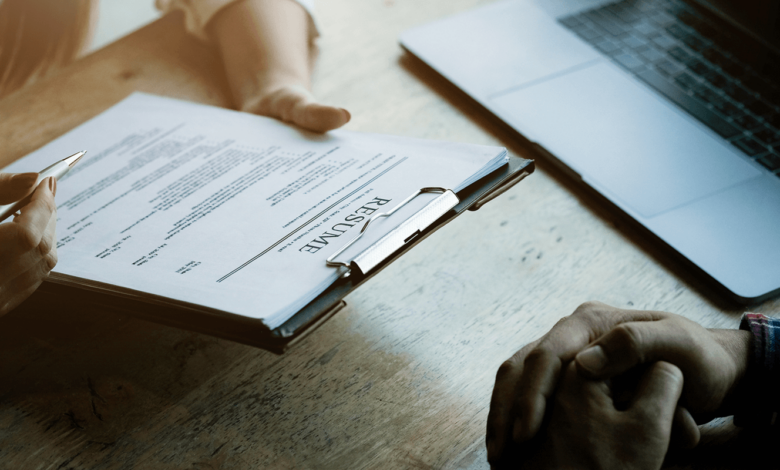How Long Should a Resume Be?

While creating a resume, one of the first questions you should ask yourself is how long it should be. The general rule of a resume is to have it be one page. If you have been employed for more than 20 years, then two pages may be appropriate.
I always recommend removing any numbers and statistics because they aren’t relevant to most employers. If you have done impressive things in your career, your resume will speak for itself.
But if your resume is going beyond 1 page, you should keep the following suggestions in mind. Let’s see what are those suggestions.
Format
The format is the first thing you should think about. If you use a traditional resume format, for example, where your contact information is at the top and you list your employment history and educational background in chronological order, then it will be hard to make a good-looking 1-page resume without cutting out important details.
Employers sometimes want to see what you have done at certain companies, so this traditional format usually requires you to cut one or two things to get it down to 1 page.
Another option is the reverse-chronological resume. It lists your educational background and employment history in reverse chronological order, which means the most recent experience you had appears first. This may be a better option for those who have worked for only a few companies in the past 20 years.
You can easily create a one-page resume with https://resume-example.com/ and choose from tons of amazing premade templates that are appealing and look professional.
Bullets and Text Size
The next thing you should think about is how to make your resume look good when it’s limited to 1 page. One way to do this is by using bullets and text size.
The most important information on your resume should be bold and written in a larger font (12-point) than the rest of the resume. This makes it easier for employers to find what they’re looking for and reduces unnecessary white space.
Contact Details
The next thing you want to do is reduce the number of contact details on your resume, which includes phone numbers, email addresses, physical addresses, social media accounts, and personal websites.
This information is not always necessary while applying for jobs, but it’s good to be able to provide your contact information if needed. You can reduce the amount of contact details by removing anything you rarely ever use (i.e., no one needs an email address they haven’t checked in years).
Work Experience and Education
The first 2-3 bullets under your employment history should be your most impressive accomplishments. You want to list them in a way that they build on each other.
For example, start with the results of your work, then provide more details about how you achieved those results (i.e., what actions did you take?). Make your bullets clear and concise.
Additional Sections
After the skills section, consider adding a section that summarizes some additional information an employer might be interested in, including: -Reasons for leaving each job -Awards and recognition received in the past -Professional memberships or affiliations
Finally, if you’re still having trouble fitting everything on 1 page, you can add a “More” section at the bottom of your resume.
You can include any other information that would be helpful to an employer but didn’t fit anywhere else on your resume (including publications, projects, and presentations).
For example, if you have a CPR certification you might want to include it here. It might not be relevant for the job you are applying for, but it can tell about your personality. It can also help you stand out in the crowd: a company for sure wants to hire a person they can count on in an emergency.
Margins
The final thing you want to do is choose large margins for your resume. Resumes with smaller margins tend to look busier and harder to read. Plus, they don’t leave much room for employers to write notes or comments if they want.
Ultimately, you should choose the format that’s the most comfortable for you. Make sure you have a variety of formats to choose from, and then pick one that best showcases your experience. If you ever need to change the format when applying for different jobs, it’s easy to do so.
Conclusion
Different companies have different preferences for resume length. In general, though, a 1-page resume is a good amount of space to use when applying for your first job or writing a resume to use after graduating.
After all, if you have achieved a lot in your career and have fame in your field, people from different companies will know a lot about you already.




